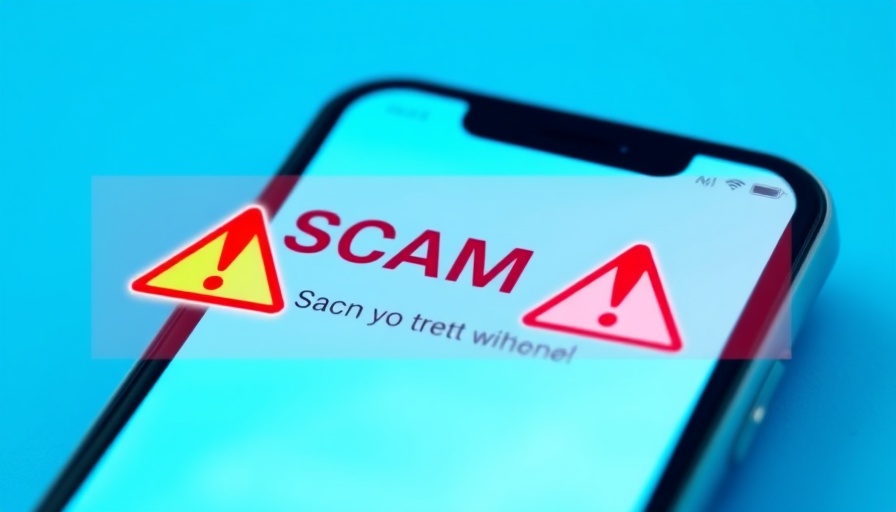
Understanding the Mystery Behind Purple Street Lights
If you've noticed purple street lights illuminating your neighborhood, you're not alone. These unusual fixtures have become a talking point across numerous towns in the MidSouth and beyond. While they might give a dreamy, whimsical effect at night, the truth is that these lights tell a cautionary tale about manufacturing flaws and urban infrastructure.
What Causes the Purple Glow in Street Lights?
The color of street lights is crucial not only for aesthetics but also for safety. Recent studies reveal that purple street lights often result from a manufacturing defect in certain LED fixtures. According to lighting experts, these lights were originally designed to emit a warm white light, ensuring visibility and safety. However, due to a degradation in the phosphor coating, which is meant to convert blue light into a balanced white hue, many streetlights have started radiating a purplish tint.
Michele Lapicco, a design consultant in the field of lighting, states, "The issue arises when the phosphor layer, critical for color balance, deteriorates prematurely, revealing the cooler blue light below." This problem has been increasingly noted in LED lights produced around mid-2017, most of which were installed within the following year, leading to widespread occurrences of purple streetlights in various urban areas across the country.
The Impact on Vision and Urban Safety
Street lights play a vital role in ensuring road safety, especially at night. The predominance of purple LED lights has sparked concerns over how they affect visibility. According to Alisha Kessler, a lighting product manager, the diminishing phosphor layer significantly alters color perception and depth perception, which can be dangerous for drivers and pedestrians alike. "Purple LED light can distort the distinction between objects in the dark, leading to potential hazards on poorly lit streets," she remarks.
What's essential here is recognizing that while the lights might add a unique aesthetic to your nighttime environment, the fundamental purpose of street lighting—to enhance safety—must never be compromised. Our cities require reliable lighting sources that provide clarity and security for all inhabitants.
Future Trends: Will the Purple Street Lights Disappear?
Efforts are underway in various municipalities to replace the faulty lights with quality alternatives that adhere to safety standards. However, the replacement process can be slow and impacted by budgeting constraints and supply chain challenges. Several cities are already in the process of replacing these defective lights, but there's no clear timeline about when this will be universally addressed.
It raises pertinent questions about infrastructure management, accountability, and the importance of quality control in public safety installations. As communities embrace more energy-efficient solutions, it is vital that such upgrades do not come at the expense of safety.
DIY Solutions and Preventive Measures for Homeowners
For homeowners in the MidSouth concerned about their residential areas adopting these defective lights, there are several proactive steps you can consider. First, stay informed by attending local town hall meetings where public safety issues, including street lighting, are discussed. If you see purple lights that pose potential dangers, report them to your local government.
Moreover, advocating for popular urban gardening initiatives can not only beautify your surroundings but also promote a stronger community awareness of urban safety issues. Discussions about city infrastructure improvements can also stir community spirit.
Conclusion: The Importance of Quality in Urban Lighting
As we continue to navigate changes in urban lighting, it's crucial to focus on safety, quality, and effective communication between citizens and local governments. By acknowledging the implications of poorly functioning lights, we foster a community that prioritizes well-being and shared responsibility.
If you're curious about your local street lighting and public safety measures, engage with your community representatives to ensure that the solutions implemented reflect your concerns and preferences. Everyone should feel safe walking or driving in their neighborhood!
 Add Row
Add Row  Add
Add 



Write A Comment